*** Proof of Product ***
Exploring the Essential Features of “Gabriel Lip – Agriculture Lending Fundamentals – CFI Education”
Explore the fundamentals of farm financing and lending to agriculture operators, including aspects of capital, character, conditions, and collateral.
- Describe the cash cycle and capital expenditures of industries in the agriculture sector
- Consider qualitative factors in agriculture businesses, their management, and lenders’ risk
- Describe productive assets in agriculture, evaluation methods, and monitoring best practices
Overview
Agriculture Lending Fundamentals Overview
To meet the unique financing needs of agricultural producers, such as farmers and ranchers, lenders require a good understanding of the agriculture sector and industries involved. Although lending in agriculture may differ from other forms of commercial lending, lenders of all stripes can readily apply their skills and experience to seize opportunities and delight clients in this substantial market. The learner will achieve a basic competency of general credit attributes useful for farm lending. Learners will describe and compare the variety of industries and working capital cycles, identify and assess industry, business, and management risks, and dive into typical productive assets (e.g., breeding inventory, farm equipment, and farmland assets) serving as collateral when financing farm operations.
Agriculture Lending Fundamentals Learning Objectives
- Describe the working capital cycle and capital expenditures of agriculture producers, their potential funding gaps, and other financing requirements.
- Identify and analyze the qualitative risk factors that craft the risk management picture for ag lending professionals.
- Highlight and evaluate the classes of productive farm assets that serve as collateral.
Who Should Take This Course?
This agriculture lending fundamental course is perfect for aspiring or beginning-level agriculture lenders, including general business and commercial bankers, credit analysts, equipment finance, loan & mortgage brokers, and sales and customer service staff who work with farm producers.
What you’ll learn
Introduction
Course Introduction Free Preview
Learning Objectives Free Preview
Downloadable Files
Introduction to Agriculture Lending
Working Capital Cycle
Inventory, WIP, Finished Goods
Interactive Exercise 1
Sales and Receivables
Working Capital Cycle – Requirements
Interactive Exercise 2
Capital Expenditures and Requirements
Production Expenses
Interactive Exercise 3
Summary
Qualitative Analysis
Introduction
Industry Analysis
Industry Analysis Continued
Interactive Exercise 4
Relationships Between the Business and the Lender
Relationships Between the Business and the Lender Continued
Interactive Exercise 5
Qualifying Management and Capabilities, Planning, and Execution
Qualifying Management and Capabilities, Planning, and Execution Continued
Interactive Exercise 6
Compensation in Farming Businesses
Conclusion
Productive Assets
Overview of Productive Assets
Working Capital Assets – Reporting
Interactive Exercise 7
Accounts Receivable – Concentration
Accounts Receivable – Aging
Interactive Exercise 8
Inventory Groups
Crop and Livestock Inventory – Considerations
Crop and Livestock Inventory – Evaluation
Interactive Exercise 9
Feeds and Seeds – Considerations
Feeds and Seeds – Evaluation
Interactive Exercise 10
Supplies and Prepaids – Considerations
Supplies and Prepaids – Evaluation
Interactive Exercise 11
Fixed Assets
Fixed Assets Overview
Machinery and Equipment – Overview
Machinery and Equipment – Evaluation
Interactive Exercise 12
Breeding Livestock – Full Cost Absorption
Breeding Livestock – Base Value
Interactive Exercise 13
Land and Building – Overview
Land and Building – Evaluation
Land and Building – Direct Comparison Approach
Interactive Exercise 14
Course Summary
Course Summary
Qualified Assessment
Qualified Assessment
Please see the full list of alternative group-buy courses available here: https://lunacourse.com/shop/

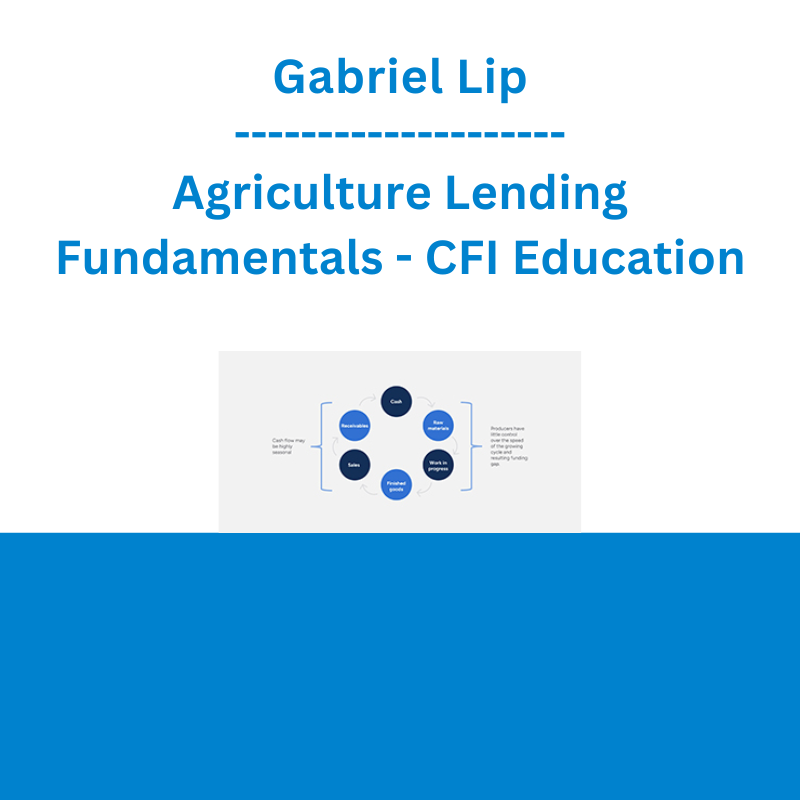

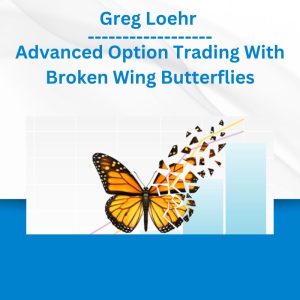


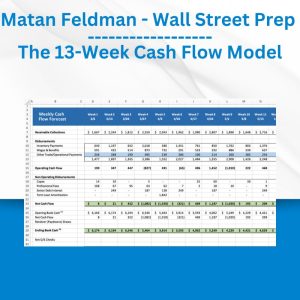
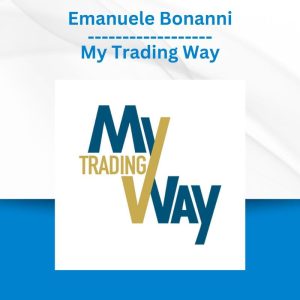
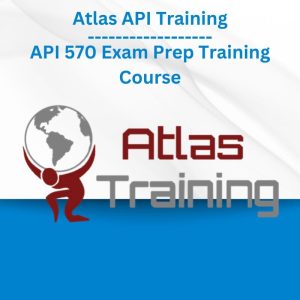

 Ed Ponsi - Forex Trading
Ed Ponsi - Forex Trading  The Daily Traders – Exclusive Trading Mentorship Group
The Daily Traders – Exclusive Trading Mentorship Group  Simpler Trading - Bruce Marshall - The Options Defense Course
Simpler Trading - Bruce Marshall - The Options Defense Course